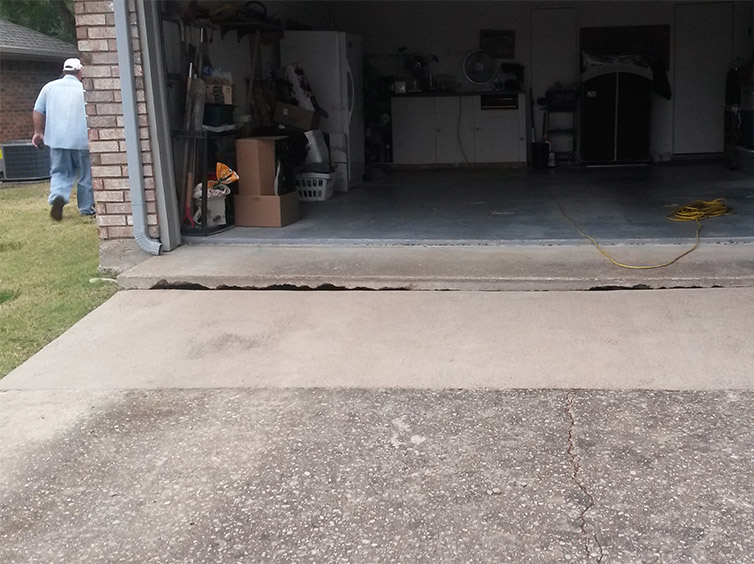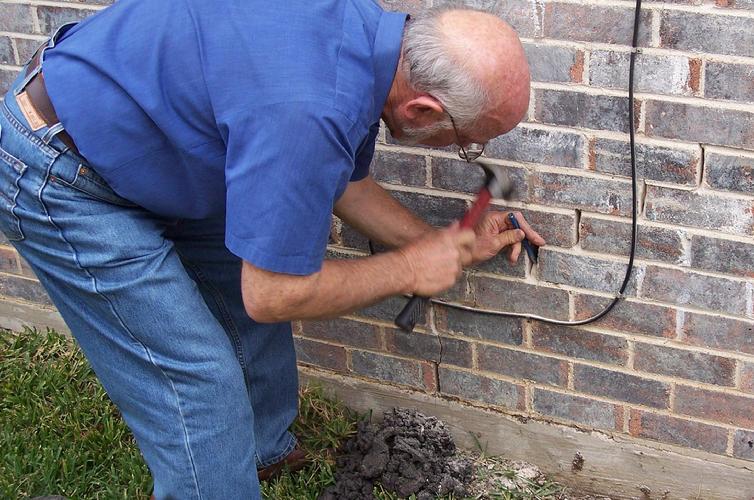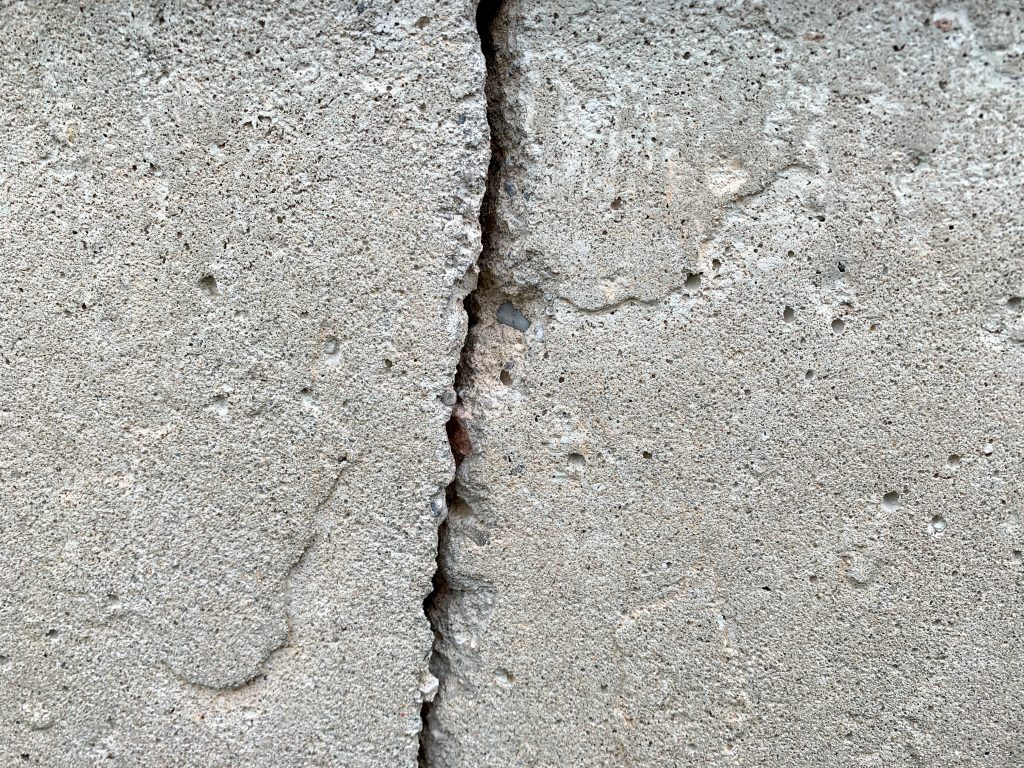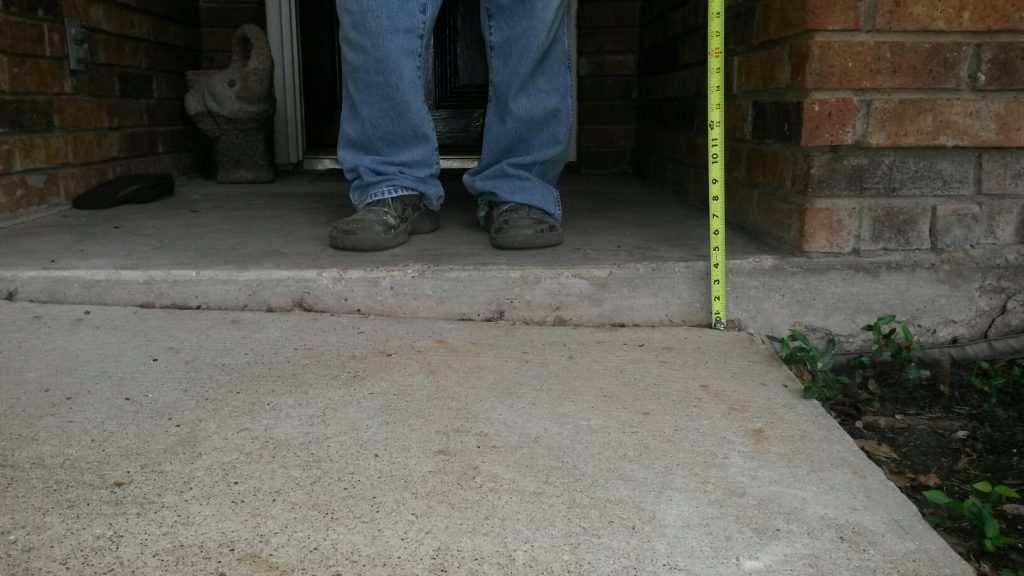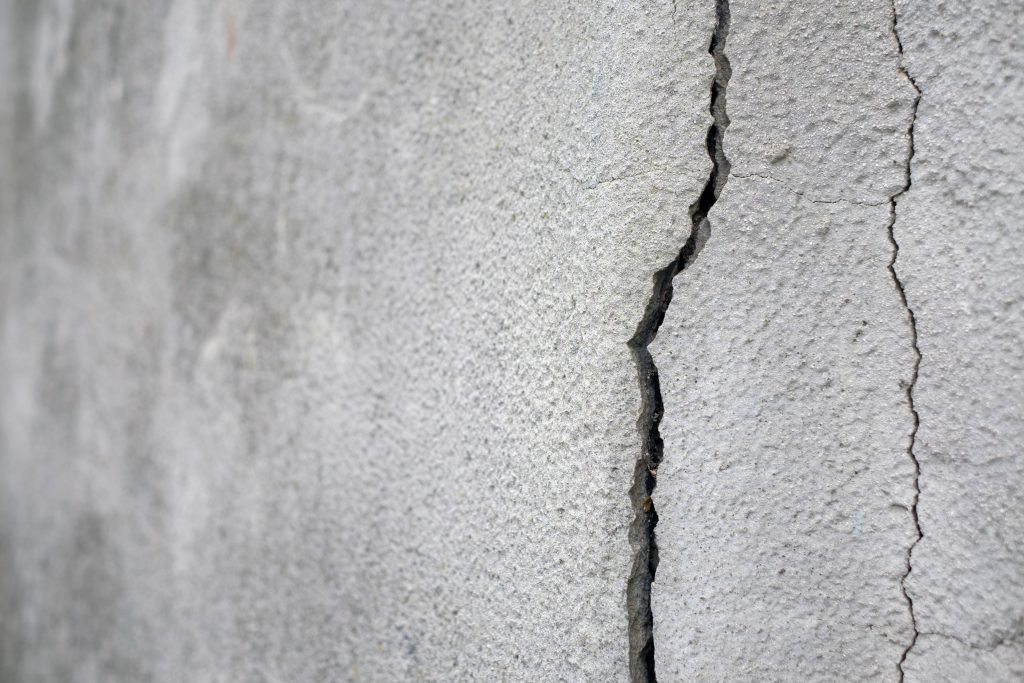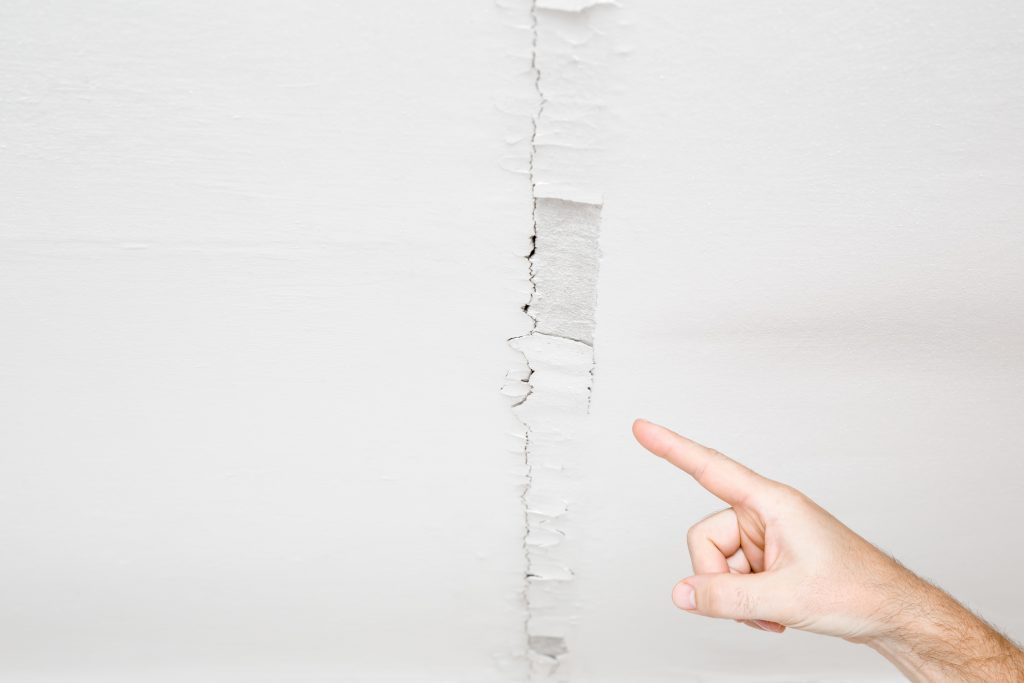Foundation issues are the most common type of property damage. According to the National Association of Home Builders, foundation damage accounts for approximately 34% of home repairs. While foundation repair is the second-most expensive type of repair after major structural repairs, it can save you money in the long run.
The U.S. Department of Housing and Urban Development estimates that repairing a foundation will cost about $1,000 per linear foot or between $5,000 and $25,000 for a typical house with a 4-foot crawl space and 2-foot basement wall. But if not repaired, these issues can eventually lead to much higher costs for more serious structural problems like cracks in the walls or unstable chimney chases in the roof.
Keep reading to learn what are the most common causes of foundation damage and how it can be repaired and prevented.
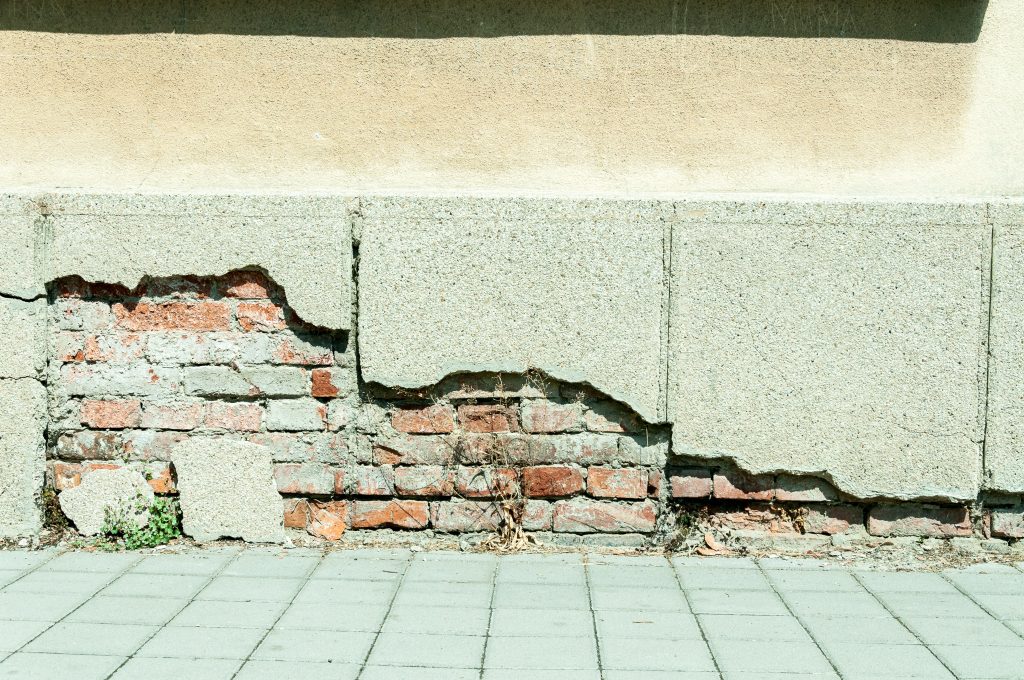
How to identify foundation damage in your home
Damage to your foundation can typically be seen in various places around your home, including walls, floors, ceilings, doors, and windows. Look for signs of water intrusion such as moisture stains or discoloration on the ceiling or walls or mold growth near windows and doors. You may also notice cracks in your walls or flooring that are larger and more observable than they used to be. Seek the help of a professional when you find these warning signs.
Foundation repair options and what to consider for your home
Foundation repair is necessary when the soil that your house was built on has shifted in some way, causing cracks in the foundation. It can also happen if there is too much moisture in the soil around your house, which causes water to seep down through cracks in the foundation.
When it comes to cracks in your foundation, there are two main types of repairs that you can opt for:
Permanent Foundation Repair: This is a more expensive option and it is usually done when the foundation has been severely damaged. It involves removing the old concrete and replacing it with new concrete that is reinforced with steel rods or other materials. The cost of this type of repair ranges from $7,000 – $10,000 depending on the size of your foundation.
Temporary Foundation Repair: This type of repair is cheaper than permanent foundation repair because it doesn’t require demolition and reconstruction. This involves filling in cracks with mortar, waterproofing the soil around your home, and adding insulation to foundations.
It is important to understand the extent of the damage before deciding on a solution. Foundation repairs can vary from concrete slabs, steel I-beams, or a combination of both. A slab foundation repair is most common and inexpensive but it cannot handle water infiltration or any issues with sinking. I-beams can be installed under the footing and under the floor joists in order to prevent floors from bowing inwards due to excess weight load on them.
What causes the foundation in your home to crack?
The type of foundation damage you experience will depend on the cause of the issue. Foundation damage can be caused by a variety of factors, including:
- Poor construction
- Poor soil conditions
- Shifting soil
- Rotting wood
- Water intrusion
- Pipes that are too close to the foundation
- Improperly set footings
These factors can lead to foundation damage that can lead to cracks in walls or floors, sagging floor joists or ceilings, and it’s more common than you may think.
How can foundation damage be prevented?
There are a number of ways to prevent foundation damage, such as installing a French drain, grading the soil so water flows away from the house, and repairing cracks in your foundation.
Another way to avoid foundation damage is to make sure that your home has a well-balanced water sprinkler system. This keeps the soil underneath the building from becoming too saturated and it also prevents leaks from happening in your walls. Leaking water into your walls can be a major issue for homeowners, as it will cause a major foundation repair cost and a great deal of structural damage.
Conclusion
Foundation damage usually comes from soil settlement, water infiltration, or an unevenly distributed load on the structure. The cracks in your home’s foundation can be dangerous because they could lead to leakage of water. When water becomes trapped in the basement it can make the floor unstable and this will cause damage to all the furniture and appliances stored there. This is why it is very important to find these warning signs early and call a professional to fix them as soon as possible.
Don’t let your foundation problems become dire emergencies. Call the experts today! Need foundation repair in the Dallas, TX area? Contact Hargrave Custom Foundation Repair for quality work you can depend on!
